 The Sussex County housing market surged again in the first quarter of 2016, with a dramatic spike in sales that continued a long.term trend of markedly higher transaction rates. Nevertheless, we are still not seeing these sustained levels of buyer demand have their expected impact on pricing, which was down yet again.
The Sussex County housing market surged again in the first quarter of 2016, with a dramatic spike in sales that continued a long.term trend of markedly higher transaction rates. Nevertheless, we are still not seeing these sustained levels of buyer demand have their expected impact on pricing, which was down yet again.
Sales. Sussex sales were up sharply in the first quarter, rising over 32% from last year and finishing the year up almost 23%. This continued a trend that we’ve been watching for the past four years, with year-on-year sales up almost every quarter since 2012. Indeed, Essex closings are now reaching levels that we have not seen since the tail end of the last seller’s market, with sales now up almost 80% from their 2011 bottom. So the market is in much stronger shape than it has been at any time since the 2008-09 market correction, with sustained levels of buyer demand.
Prices. This spike in sales, though, has not yet had an impact on pricing, which has deteriorated even while buyer demand increased. Average and median sales prices were down again in the first quarter, falling almost 9% on average and almost 2% at the median. Moreover, prices have been trending downward now for several years, in defiance of what we would expect from normal economic behavior. Generally, it takes time for increases in demand to drive pricing changes, so we believe this will turn around if buyer demand remains at its current levels.
Inventory. The “months of inventory” indicator measures how long it would take to sell out the existing inventory of homes at the current rate of home sales. In the industry, we generally consider anything below six months as a signal for a seller’s market, where tight inventory leads to multiple-offer situations, bidding wars, and ultimately appreciating prices. Sussex inventory remains well above that threshold, at 9.6 months, but that’s down almost 17% from last year, so it’s generally tightening.
Negotiability. The negotiability indicators – the amount of time sold homes were on the market, and the rate at which sellers were able to retain their full asking price – suggested the sellers might be gaining a little bit of negotiating leverage. The days on market fell over 5%, indicating that homes were selling more quickly. And the listing price retention rate was up over a full point, indicating that homes are selling for closer to the asking price.
Going forward, we do expect better things for the Sussex market. We believe that buyer demand will stay strong through 2016, especially with a relatively strong economy, homes priced at attractive levels, and near historically low interest rates. And if buyer demand stays at its current levels, we expect that Sussex will at least see prices stabilize during the year, with a chance at meaningful price appreciation by 2017.
To learn more about Better Homes and Gardens Rand Realty, visit their website and Facebook page, and make sure to “Like” their page. You can also follow them on Twitter.

 Facebook
Facebook
 X
X
 Pinterest
Pinterest
 Copy Link
Copy Link



